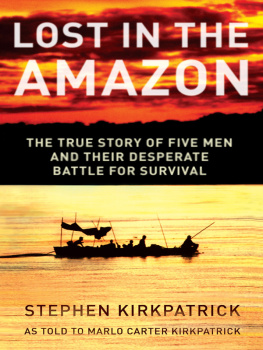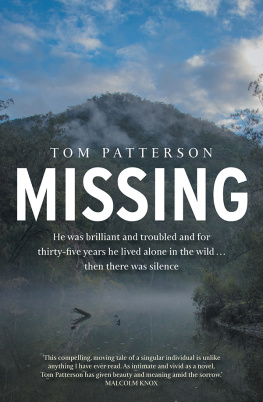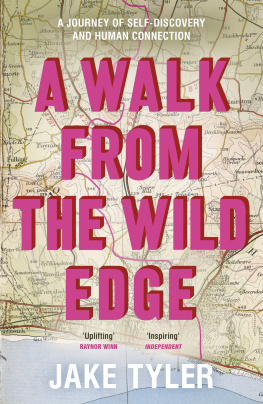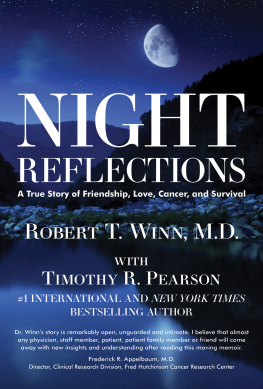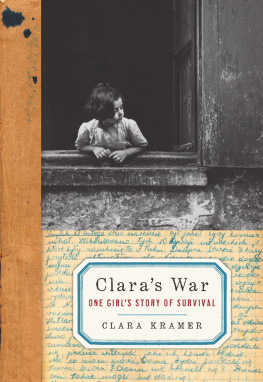
Contents
For Trish
I can see myself, old, penniless, unwanted, trudging up that hill
Author: Frank Bunker Gilbreth Jnr Cheaper by the Dozen ; autobiography, 1948.
From Frank Gilbreths personal insight to his undoubted forthcoming penury. This followed his frequent viewings of the 1920s movie Over the Hill to the Poor-House , the title of a poem by Will Carleton in 1897.
Cheaper by the Dozen was an amusing and unusual story of a time and motion expert and father of twelve, who was not a time waster. For example he taught his children Morse code by writing sentences in the code on unused wall spaces. Sometimes the first child to decipher would gain a small prize. Not always. Once the toilet door produced the answer, two maggots were fighting in dead ernest. This was reported by his second edition co-author, his daughter Ernestine Gilbreth Carey.
This last piece of trivia has absolutely no relevance to Still Here . But the first quote does!

The following was a letter sent to my veterinary clients in March 2009:
A Letter to Clients
March 2009
RUMOURS OF MY DEATH HAVE BEEN GREATLY EXAGGERATED
Mark Twain
As the above famous quotation suggests, I am still here!
I have heard from some of my clients that I was everything from dead, to having had a severe heart attack or to being debilitated and retired.
All of the above is not true.
In early September of last year, Trish and I went to my daughters, up north to be the dutiful grandparents, and to be of some help at the time of the birth of her second baby and our second grandson due on the 4th of September 2008.
I turned out to be the grandparent from hell. On the 3rd of September I was ambulanced to the local hospital with an acute abdominal pain. I was discharged on Panadeine forte but returned two days later to be diagnosed with a perforated peptic ulcer. By now I was nearly dead. After emergency surgery I was helivacced to Princess Alexandra Hospital in Brisbane where I was expertly treated in intensive care for four weeks. Only the good die young, so I recovered from peritonitis, septicaemia, multiple organ failure and neurological disease. I was returned to Goulburn Hospital for rehab. By mid December I felt well enough to advertise my return to practice.
I was a touch premature as I had recurrent hospital visits for abdominal abscesses and did not really feel that great. I had lost over 20 kg and looked a little like a Burma Railroad survivor. The few clients who sought my services were more concerned that I would survive my visit rather than worry about how I was treating their horse.
I write to you now, with great confidence (misplaced or not) that I am ready and eager to return to full-time work. Six months of messing about, being a pincushion for most disciplines of the medical profession and feeling sorry for myself, is not my scene.
I really miss working with you and my favourite horse friends.
Ian L. Nielsen, Equine Veterinarian, Canberra and Goulburn
As it happened, this was also a touch premature. I still had a few medical issues.
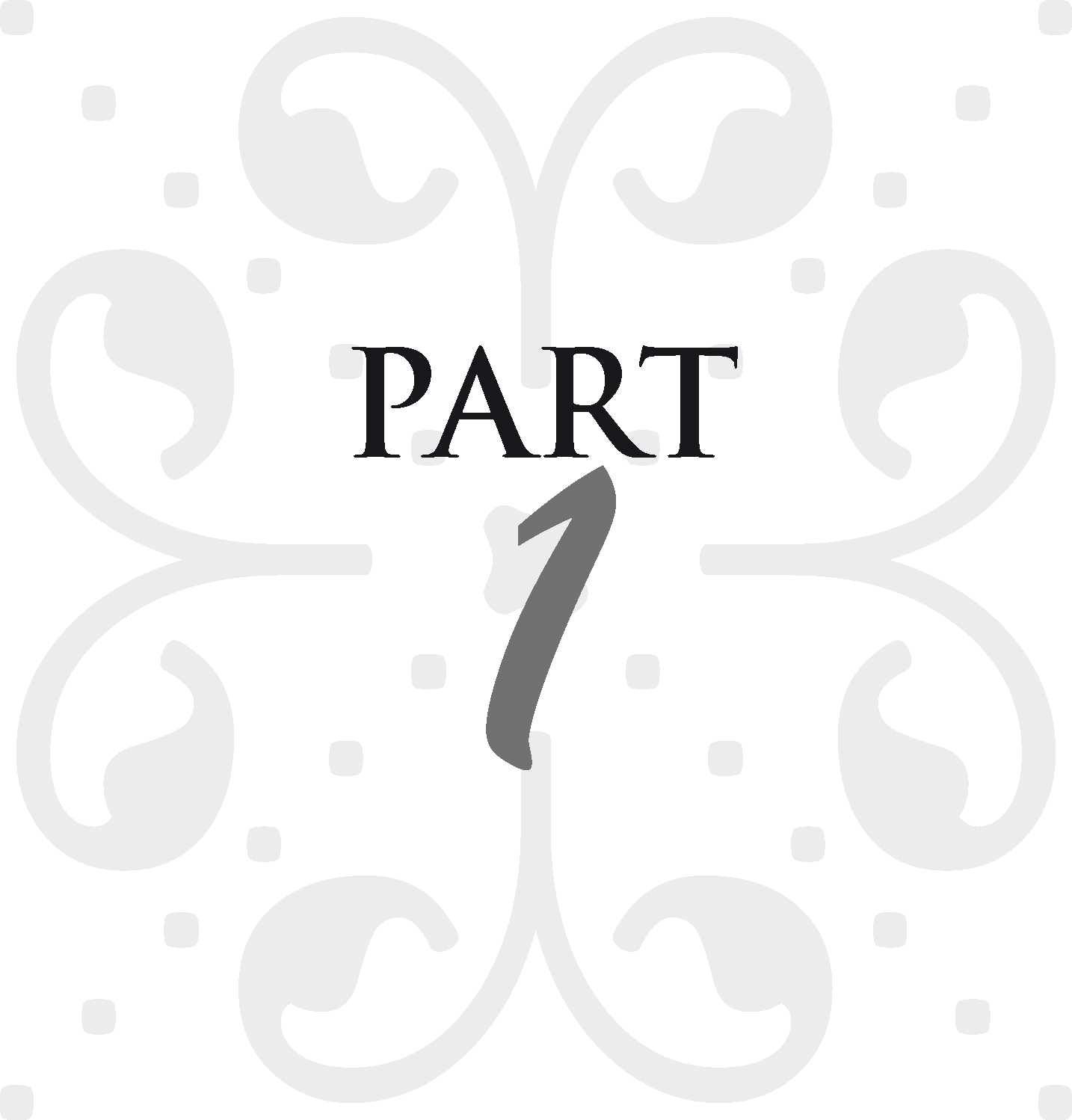

September the 5th 2008 was a memorable day, if only I could recall it.
It was the beginning and then nearly the end of this story.
I guess my background had been unremarkable. I had a standard rough and tumble youth of a nineteen fifties teenager. A childhood of somewhat privileged schooling, with sport being front and centre. A love of the country saw me away from hometown Sydney whenever possible, working (playing) on farms in New South Wales for friends and family. Bruises and bashes were regular events, made much more frequent by my hopeless inability to concentrate on the thing I was doing to the end. I would often be distracted at the vital moment and drop something, walk into something else or fall down some unseen trap; I was forever being hurtled off by yet another quiet pony.
School and school holidays ended in 1960. After a short period as a jackaroo, I went to University to do Veterinary Science and while edging my way through the years, fell passionately in love with horses. My future direction was I hoped, locked in.
Early career days saw me in country practice in Cootamundra and playing rugby with the local team. Both work and play led to a few more war wounds with the odd joint being twisted, fingers mangled and the occasional fractures mounting. Then came the compulsory four year period in England and Ireland doing the world via locum work in various vet practices. I returned to Australia in 1970 and commenced my own country mixed practice in Yass in New South Wales. In those days it was known as hanging up ones shingle.
In 1975 my dream of just being a horse vet was fulfilled. Following a cattle crash (our lifeblood in Yass), an equine service in nearby Canberra was conceived and my lifelong ambition was right in front of me. Initially I commuted daily from Yass at sparrows, offering a mobile service.
To that point, my life had already been very rich with the inevitable eccentrics that littered the veterinary profession. It used to be something of a boys club. This was especially so in rural and equine practice where tranquilisers and anaesthetics were rudimentary and a good deal of veterinary work was like another game of rugby.
The inevitable civilisation of my area of the profession occurred with the advent of adequate drugs and the large influx of the fairer sex. These two elements were grossly overdue and while today, the average vet still leads accountants and engineers in the charisma polls, the then bizarre eclectic lot that spilled from Herriots time to mine, remained largely unchanged and a huge source of amusement to this young vet.
Controlling a horse to administer what we perceived to be medication was often aided by an archaic and fearful device called the twitch. Dubious science (reported by The Times Magazine of all places) alleged that when applied with vigour to the end of a horses nose, an acupuncture point was activated and a brain endorphin released sending the horse off on a gentle trip, unaware of the activity going on around. It may have been the only acupuncture point that any of us actually believe existed. There were two issues to be aware of. The first was getting it on a less than willing patient and the second that occasionally, the opposite effect to sedation resulted. This could lead to explosive situations, which were all considered part of the lark of horse practice, not to mention wounded clients and vets. While the twitch is still part of the arsenal of the equine vet, it is not so commonly used and we now operate with the relative safety of effective tranquilizers. This has taken away the requirement for a degree of muscular, testosterone driven bodies to be leading this area of veterinary science, and seen the long overdue advent of the calming effect of many women horse vets. I am delighted on many fronts.
David Adamson joined me as an assistant in my Yass practice in 1973. He was a shoo-in for the job. He had a most attractive partner (another vet), a BMW and was the sole applicant to my advertisement. We were only a couple of years apart and he soon became my first partner and best friend. We remained partners for some twenty-five years until his untimely death from an aggressive cancer. And that just wasnt fair.
Next page

